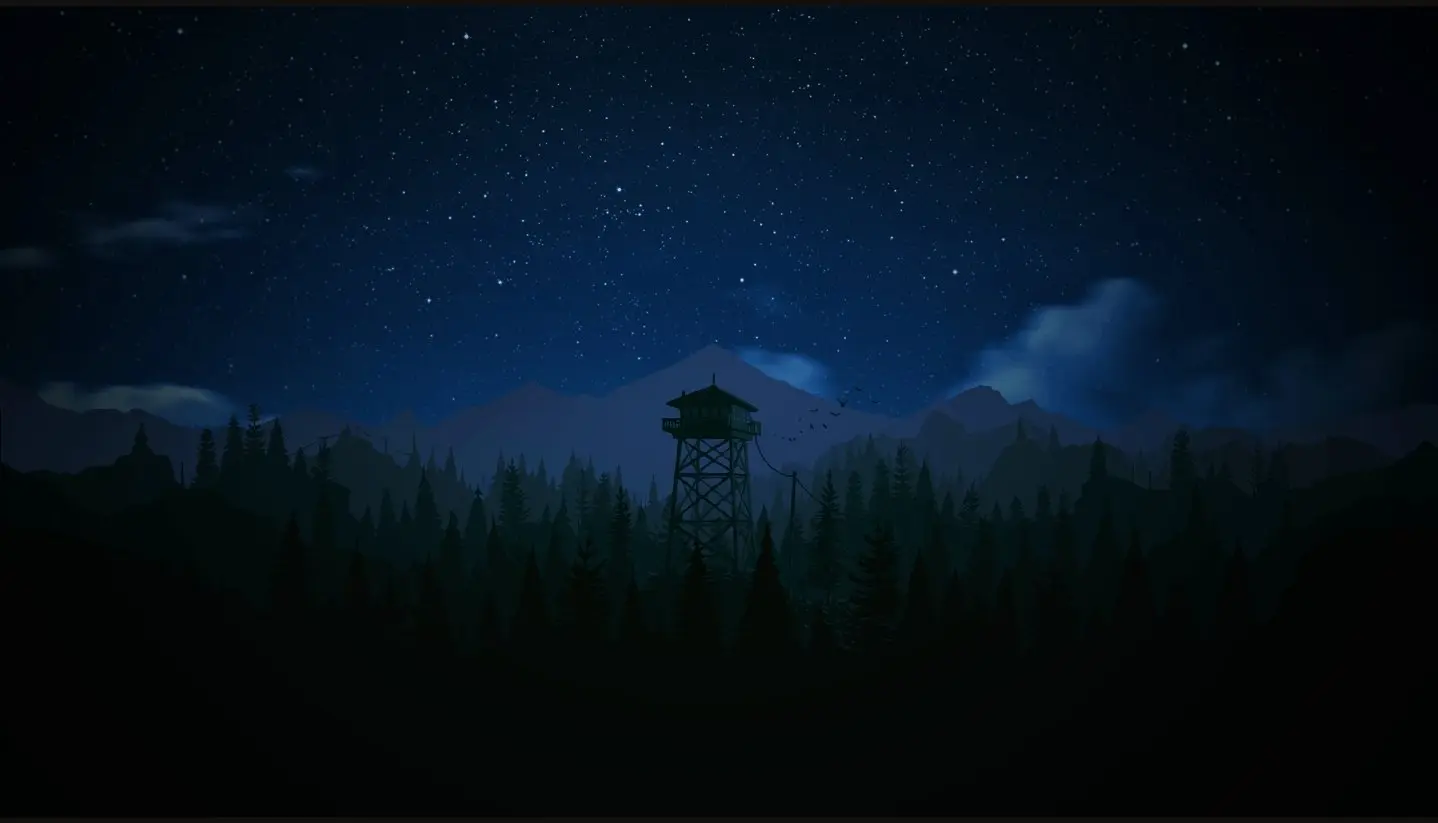Tectonic activity bends rocks all the time, even hard ones like granite. That takes a ton of heat, pressure and time. It also makes sense that in the right conditions, sheets of rock simply don’t have the room to shatter so they must bend.
Have we been able to do the same in a lab and would it have any commercial use? Bending a random bit of hard rock would be an interesting novelty, for sure.
Really depends on how strict you are in those definitions. Details asside, if you twist a metal fork this is technically bending a rock
It is loosely defined from my perspective, but I am curious about harder rocks, like granite. Your standard everyday rock tends to be much more brittle and may not have a high metal content. (It will likely have iron in one form or another though.)
Most metals and rocks are crystals in their “normal” state, so I see what you are getting at.
A crystal oscillator is an everyday very small hard bendy piece of quartz. Does that count? It’s not very visible other than the side effects.
A piezoelectric transducer would be another. That might even show on a mechanical gauge.
Your username is basically the notation for a crystal oscillator, so it’s gotta count. (Damn the rules!) Quartz is a rock that bends for a commercial purpose, so thats a really good answer, actually.
Quartz is a mineral. Jesus Marie!
Ok, smart guy, take a bite of it then. I dare you.
Seriously though, for this topic, it’s something that rocks can contain. I can’t deny there is a little bit of word jumbling going on though.
Lmao I’m sorry. It’s a breaking bad reference.
My bad, I didn’t realize. Well played.
That’s elastic deformation, so no, it’s very much not an answer.
Sort of. I work closely with geophysics in the rock mechanics world. I don’t personally know if any machines that create folds at large scale due to the heat and pressure required but rock deformation is a big thing they do. I’ve built a few machines that do this.
Small scale experiments at the temperatures and pressures required are done using diamond anvils at extreme pressure and sometimes with laser heating.
Larger scale is done with giant hydraulic presses called triaxes that use confining pressures up to the Gigapascal level.
Oh, rock on! (Lulz, I made a pun by mistake.)
Yeah, I never thought we could do it at a super large scale since the forces required are too massive. However, I find it funny that we actually do bend rocks, for whatever reason.
The elephant in the room is why? Based on what you described, it seems like a very specific problem that is expensive to solve and happens to be dynamic enough to merit repeated testing.
I am gonna make a wild guess for fun though…
I am guessing the reason it’s done has something to do with mining and trying to solve material density problems. If I needed to drill through a few layers of rock and I knew the material types, sticking samples of those materials in a press that simulates tectonic activity would give me a good idea what I was dealing with. That data seems like it would be key in setting feeds and speeds for expensive drills…
I am guessing the reason it’s done has something to do with mining and trying to solve material density problems.
This is definitely part of it. Oil companies have labs that run samples all day every day to study the density and porosity of rocks to see how much oil or gas they could hold when they’re trying to find new areas to drill.
Most of what I’m familiar with is research labs at universities where they are studying it to simulate tiny earthquakes. It’s just pure research to learn more about how the earth functions as a system. All rocks are different and all situations are different so the more data you collect the more you can understand exactly what happened during an earthquake and why. Maybe it can lead to better earthquake prediction or it can let us use those earthquakes to know more about the structure of the earth.
What a kick-ass resume bullet:
Sr. Rock Bender (Nov 2019 - Current)
- I bend rocks
Creep is the mechanism you refer to. Yes absolutely scientists can replicate creep in the lab. You too can at home by leaving butter on the counter and watching it bend under its own weight at room temperature after a few days.
At about 1/2 or 2/3 of the melting temp and above, materials start to behave kind of funny.
Are you aware of any examples using a common rock, specifically?
No
The glass transition temperature of quartz is 1200°C, and according to the charts I could find, is outside crust and upper mantle temperature ranges. (That is just based on averages, I believe. Heat from friction may be in a different category.)Edit: The melting temperature is ~1700°C. It probably starts to get malleable around 1200°C. I was confused about the term “glass transition” due to some of my hobbies and likely does not apply.
Other silicon-type rocks (like gypsum; opposed to quartz) have wildly different glass transition temperatures in the 200°C range. That seems feasible to bend in a lab and could be in-scope.
Still, quartz can fold: https://www.researchgate.net/figure/a-to-c-Folded-quartz-veins-with-highly-irregular-geometries-from-the-Variscan-Belt-of_fig2_328655254
I think that creep is not the same as folding but the two conditions could easily be related?
(I am just regurgitating data points I have only just found and there is probably much more to this.)
Hmm. I’m going to have to look up how you model glass bending, if that’s how it works. I wonder if you could do this in a garage setting, even. I’m not surprised a calcium mineral is less resistant to it, they seen less hardcore in general or something.
Glass is a weird one since it’s an amorphous solid.
Excuse, me though. I might be mixing up my definition of “glass transition”. It’s a term used for plastics (and other amorphous solids) when they start to becomes malleable.
In the above case, I think I tried to apply it to quartz which is incorrect. The temperature ranges are still in the ball park of my intent.
You mean you can’t do earth bending? Skill issue
Neat! That’s a very specific, chain-like example, though, so not really in the spirit of the question even if correct to the letter. I’m also not sure what it does in the actual plastic deformation regime.
Yes… can even make a slinky…
That is actually more of an illusion that is exploiting any bit of natural flexibility over a given length.
If you took a circle of rock that is 30cm in diameter, cut it into a spiral at a width of 5mm, you get a length of rock that is now about 14m, but in a coil.
So, if the material had a flex of 1mm per half meter, you would see a total deviation of about 28mm from end to end. The “illusion” part is that while it’s only flexing a small amount, you can see the entire range of flex at once.
It’s still a spring, but it hasn’t actually been significantly bent or reformed. Also, it’s still really cool.
Do rocks bend? Pretty sure they just melt, that’s where lava comes from.
Rocks bend and it’s mind boggling to see the scale that it can happen at.
https://en.wikipedia.org/wiki/Fold_(geology)
In these cases the rock may be hot, but it’s not molten. I was even just reading that many rocks will not have any internal stresses from being bent because of the forces and the time that is involved.
Neat!
Nope. The mantle is mostly solid. It’s just so huge and, under intense pressure and heat, bendy, that it still facilitates moving continents and ocean plates.




